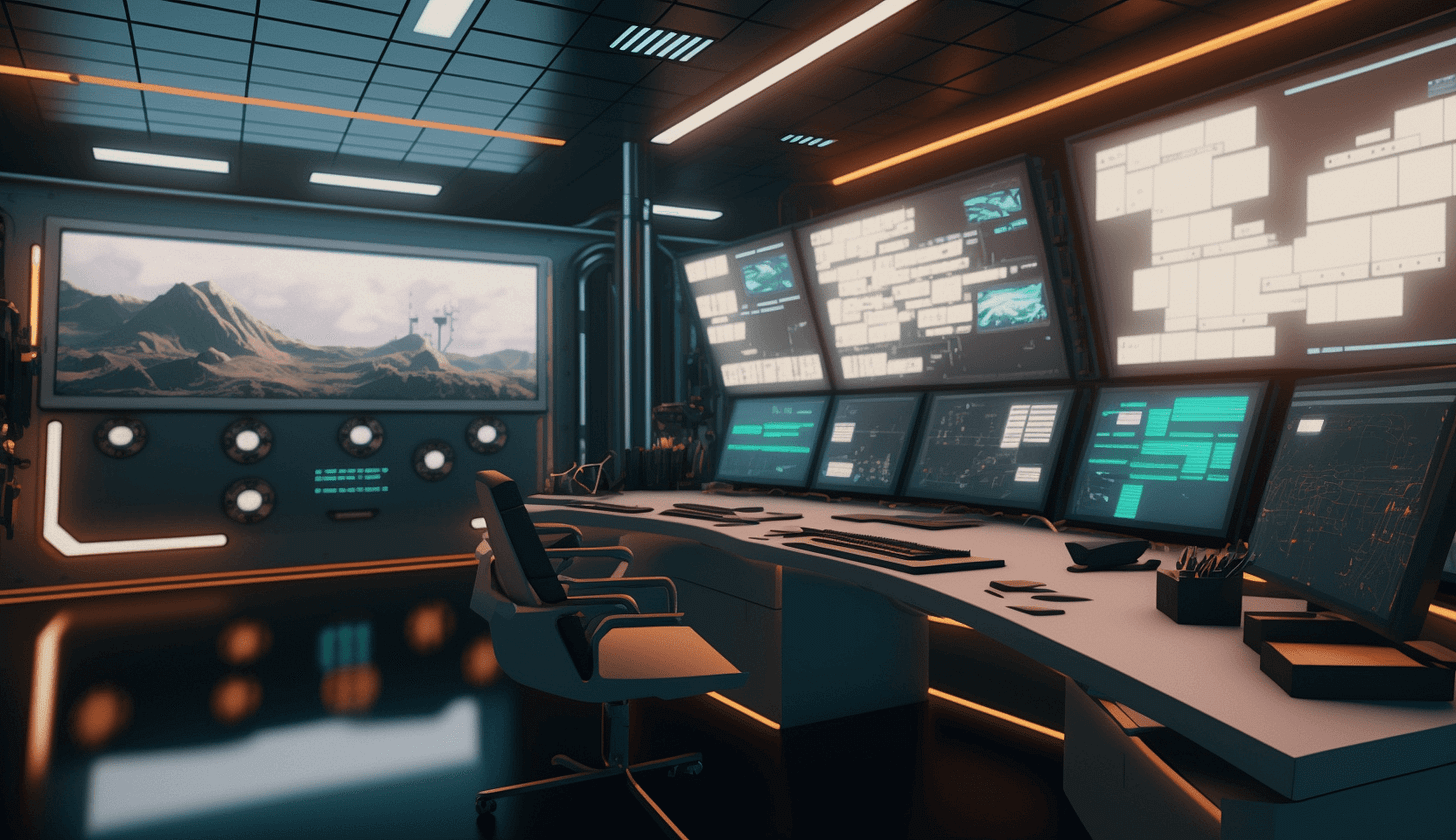Elevating NFT Procurement: OmniBuy's Seamless Integration Across Multiple Chains
Next step? I interviewed the creator of OmniBuy, a developer by the name of Gajesh, to get a sense of what growth and mass adaption look like for a product like this.
What is OmniBuy?
OmniBuy was born out of the need to simplify the cumbersome process of buying NFTs across different blockchains. As the developer explained, "So, if I have funds on Polygon and I wanna buy BAYC, I have to find a bridge, bridge it to that chain, swap it to ETH, approve it, and buy it. It's a long process and usually takes 20-40 minutes." With LayerZero and Stargate integration, OmniBuy streamlines this process, enabling users to pay in ETH on Polygon and receive their NFT within minutes.
The developer behind OmniBuy has been coding for eight years and found the crypto and blockchain industry particularly fascinating due to its decentralization and lack of age barriers, stating, "The idea of decentralization and no age barrier fascinated me a lot." Although proficient in Solidity and experienced in integrating LayerZero and Stargate, the developer considers OmniBuy a side project rather than a full-time endeavor.
But Why?
One of the main concerns in the crypto space is bridging digital asset risks, with users questioning the safety of cross-chain transactions. OmniBuy addresses these concerns by directly transferring NFTs to the user's wallet on Chain B without wrapping and sending them back to Chain A. The developer shared, "OmniBuy uses Stargate which doesn't wrap any assets. So the bridging risk doesn't come in here." This approach, made possible by Stargate's integration, reduces bridging risks. And Gajesh mentioned, Stargate's liquidity pools have enough liquidity to support transactions without users needing to fill them.
OmniBuy stands out in the NFT market thanks to its frictionless cross-chain transactions and support for more than ten marketplaces through its partnership with Uniswap NFT Aggregator. Additionally, the developer mentioned that "marketplaces can actually re-use the OmniBuy code and go truly multichain" and seamlessly integrate with any blockchain supported by LayerZero.
In the future, OmniBuy aims to expand its capabilities by connecting to the OpenSea API and developing support for EVM to Solana transactions, further enhancing the platform's user experience and versatility. The developer revealed, "LayerZero is launching on Solana soon. It won't be hard to integrate it with Solana." Wormhole currently supports Solana and EVM generic messaging, ensuring the infrastructure is reliable enough for OmniBuy's implementation.
Apart from working on OmniBuy, the developer occasionally contributes to Solana Labs. For updates on their work, you can follow them on LinkedIn and GitHub. A documentary and several articles detailing their journey into the world of crypto and blockchain are also in the works. As OmniBuy continues to evolve, it is poised to become a game-changer in the NFT market, making cross-chain NFT purchases more accessible and secure than ever before.
And before we get into the quick interview with Gajesh, I want to quote my favorite part of his responses because I think it really goes to show how incredible the web3 space is and how impactful permission-less contributions to projects can be.
“By the way, OmniBuy is just a fun thing I built. I don't work on it full-time”
Live reaction of the NFT industry reacting to Gajesh’s fun thing he built:
Full Interview with OmniBuy Developer Gajesh
What sparked the idea for OmniBuy?
At this moment, it's hard to buy NFTs remotely. So If I have funds on Polygon and I wanna buy BAYC. I have to find a bridge, bridge it to that chain, swap it to ETH, approve it and buy it. it's long process and usually takes 20-40 minutes. OmniBuy makes it frictionless w/ LayerZero & Stargate integration. You just need to pay ETH on Polygon and we bridge it, buy it and transfer the NFT to you in minutes.
How did you get into blockchain programming?
I have been coding for past 8 years. From which 5 years were learning coding, figuring out which industry to work in etc. After looking into more than 6 industries, I chose crypto & blockchain. The idea of decentralization and no age barrier fascinated me a lot. I actually have couple of articles and documentary (coming soon) on me where I talk about it in detail.
What challenges did you face while creating OmniBuy?
I didn't face any much challenges, I have known Solidity for past 3 years. And LayerZero & Stargate at pretty easy-to-integrate for developers
How does OmniBuy tackle cross-chain bridging risks?
OmniBuy uses Stargate which doesn't wrap any assets. So the bridging risk doesn't come in here.
How will OmniBuy integrate with existing NFT platforms?
It is integrated with Uniswap NFT Aggregator - so it supports more than 10 marketplaces.
What do marketplaces gain by using OmniBuy? Is it an easy addition for marketplaces?
Marketplace can actually re-use the OmniBuy code and go truly multichain.
What steps ensure compatibility with various blockchains?
It supports any chain supported by LayerZero
What are the plans to support non-EVM blockchains like Solana?
LayerZero is launching on Solana soon. It won't be hard to integrate it with Solana
Is the infrastructure between Solana and EVM at a point where it is reliable? If not, what needs to be done before OmniBuy can included?
Wormhole currently supports Solana and EVM generic messaging
What else do you spend your time on? Where is the best place to get updates on your work?




